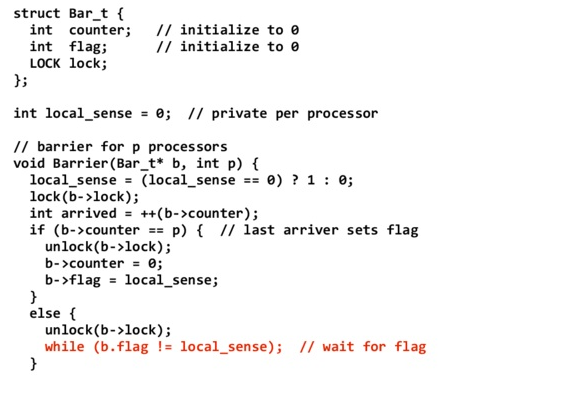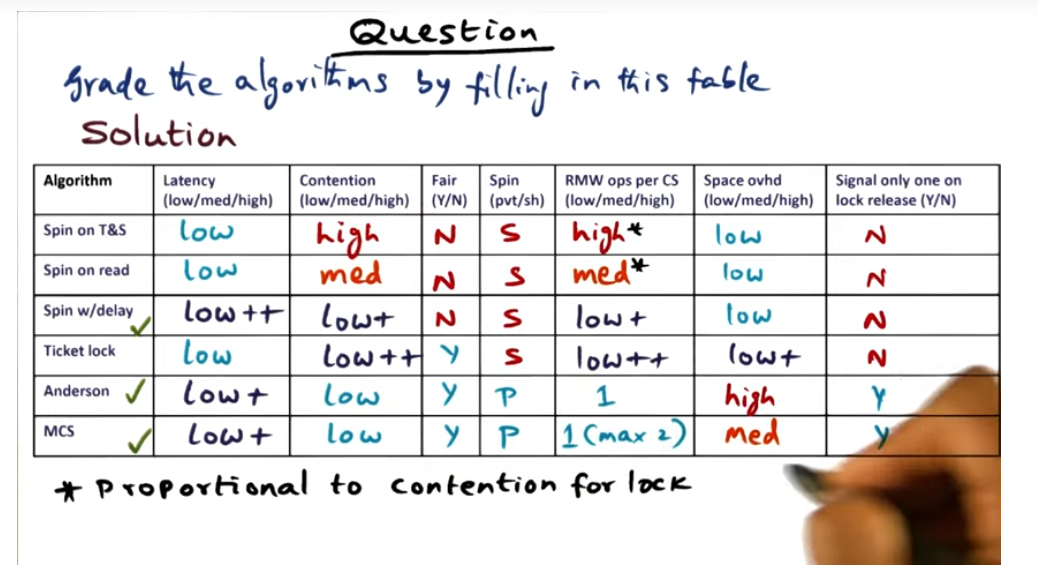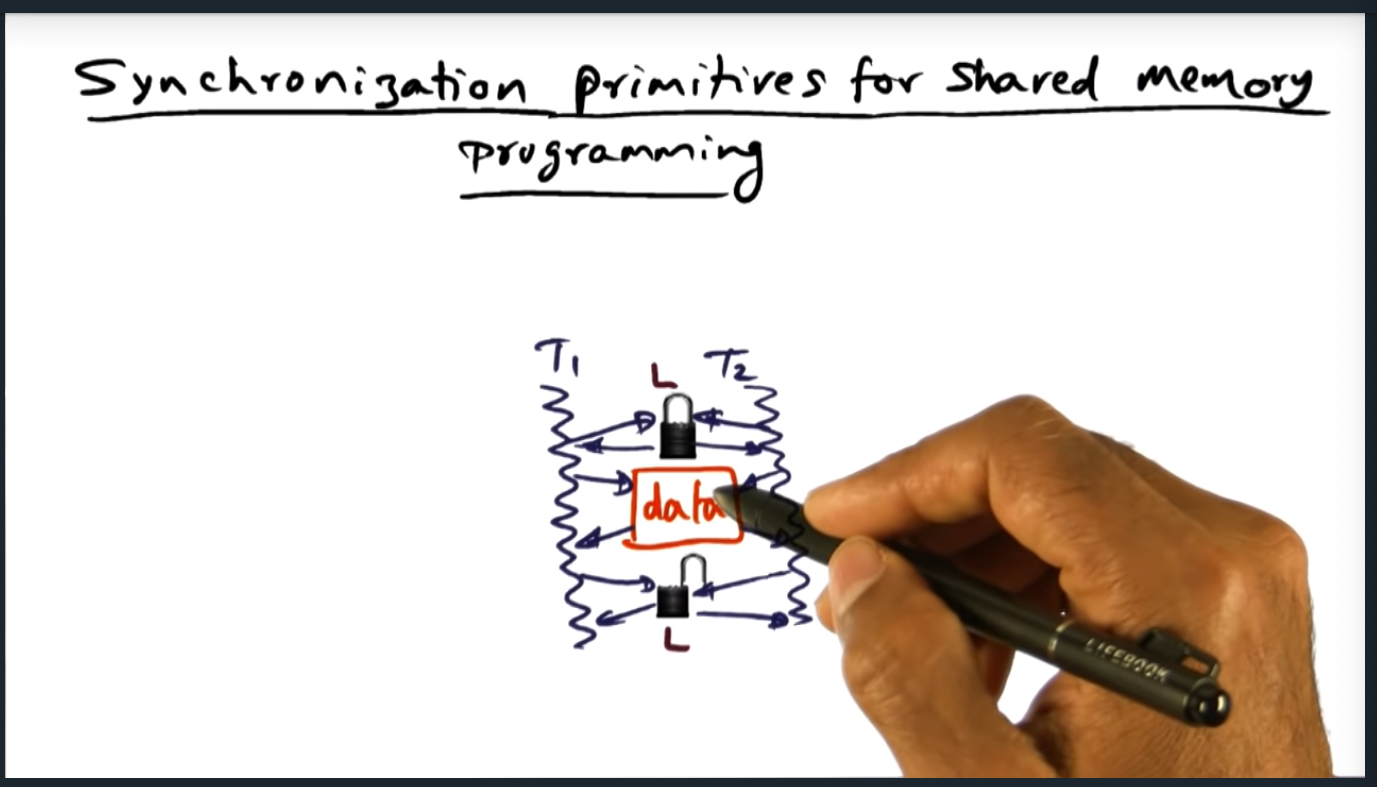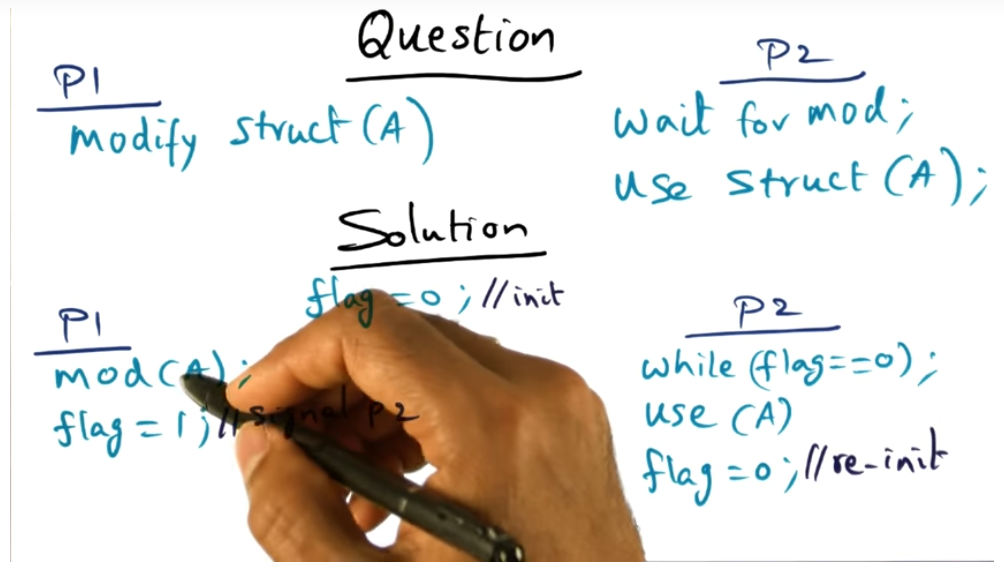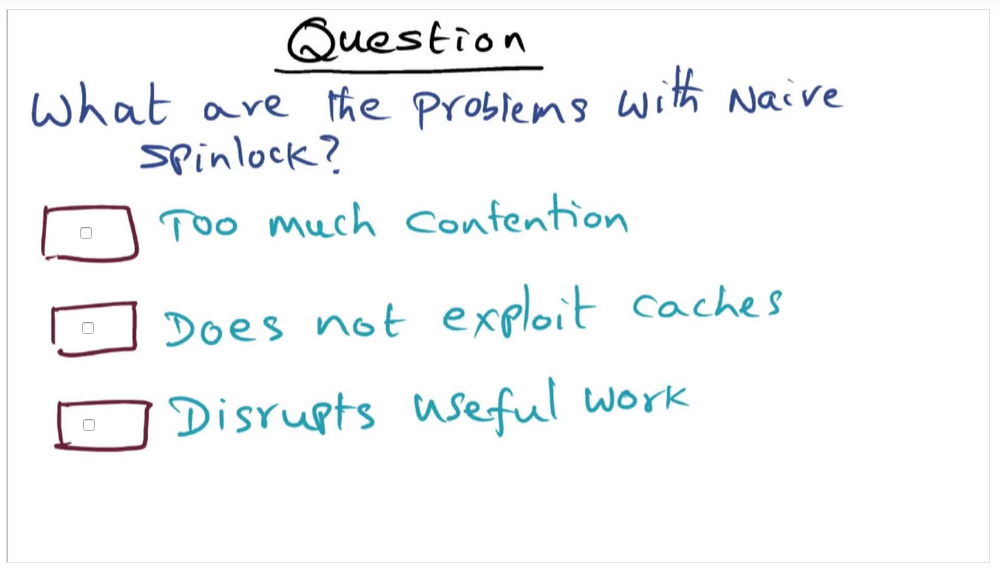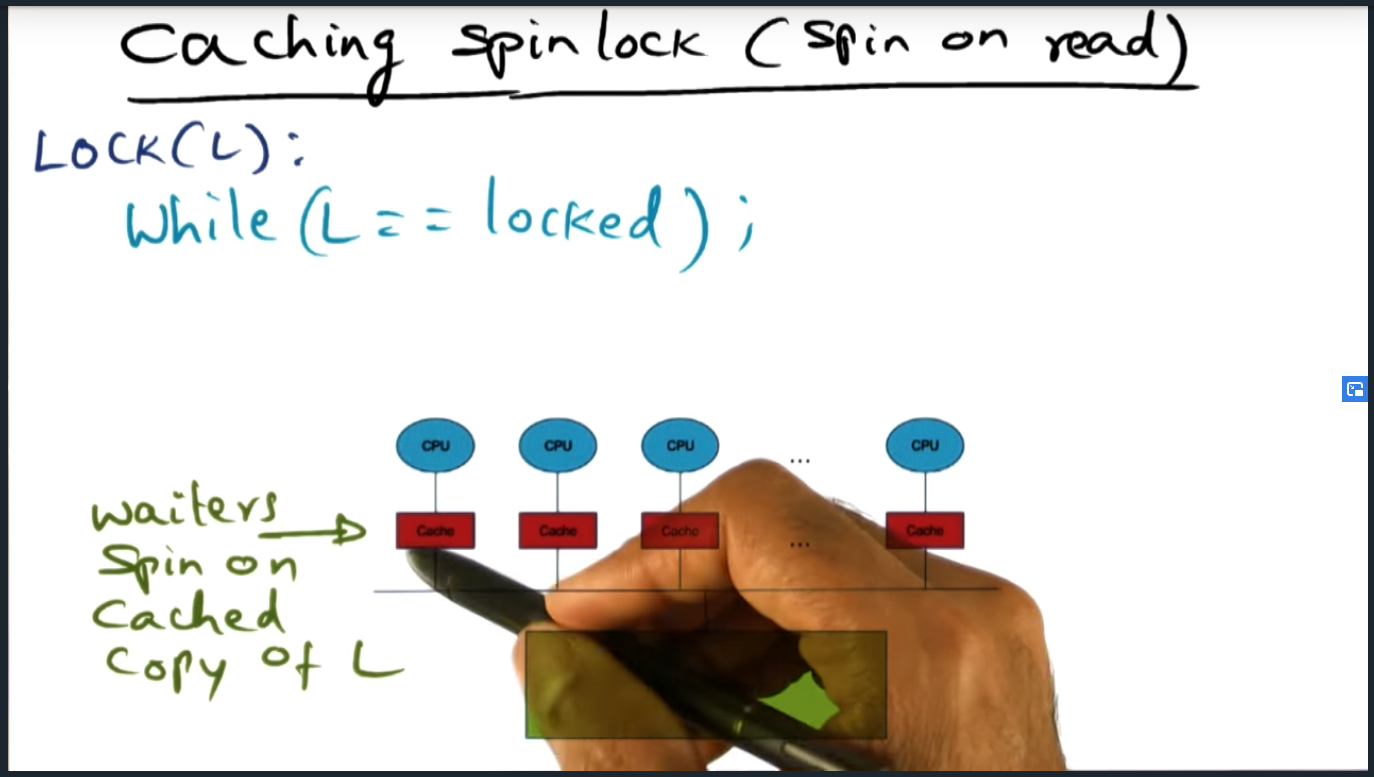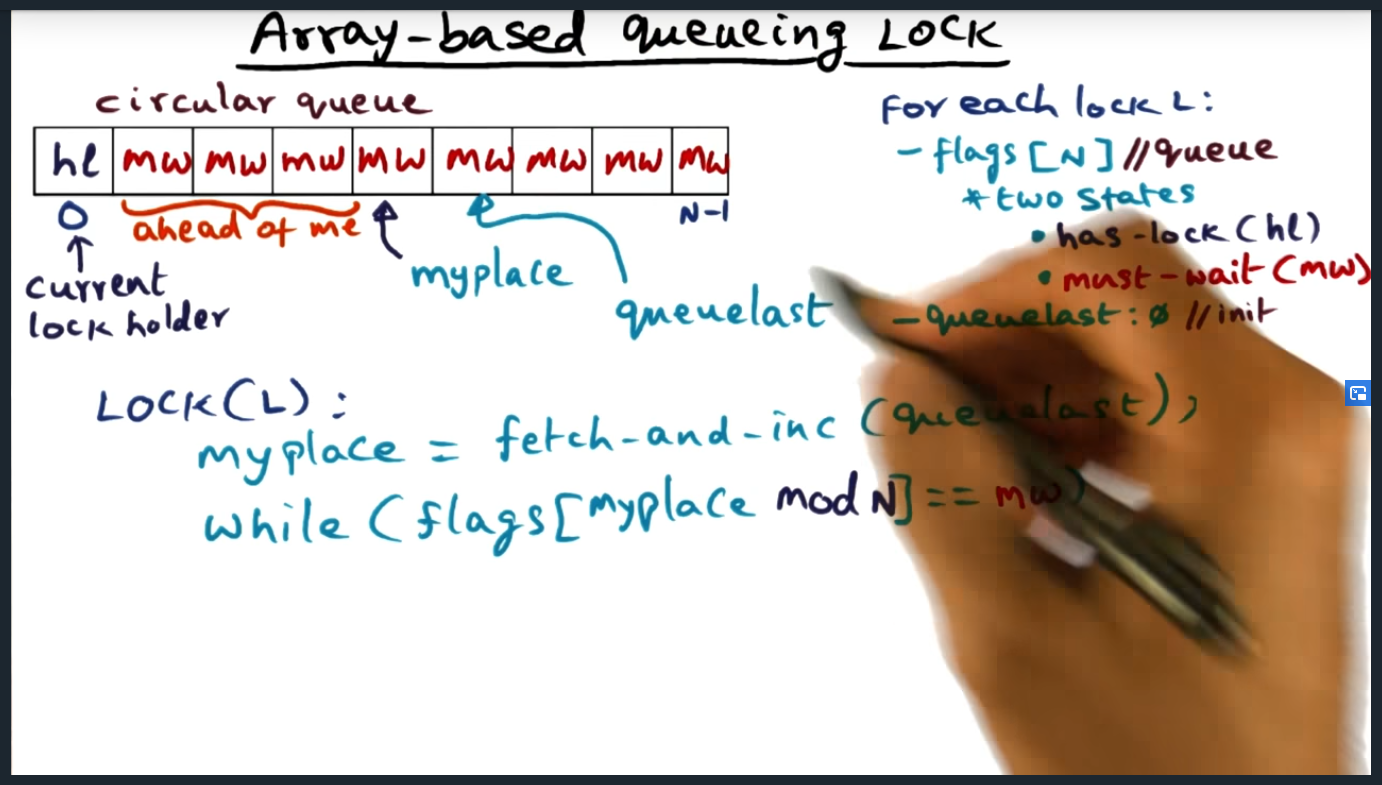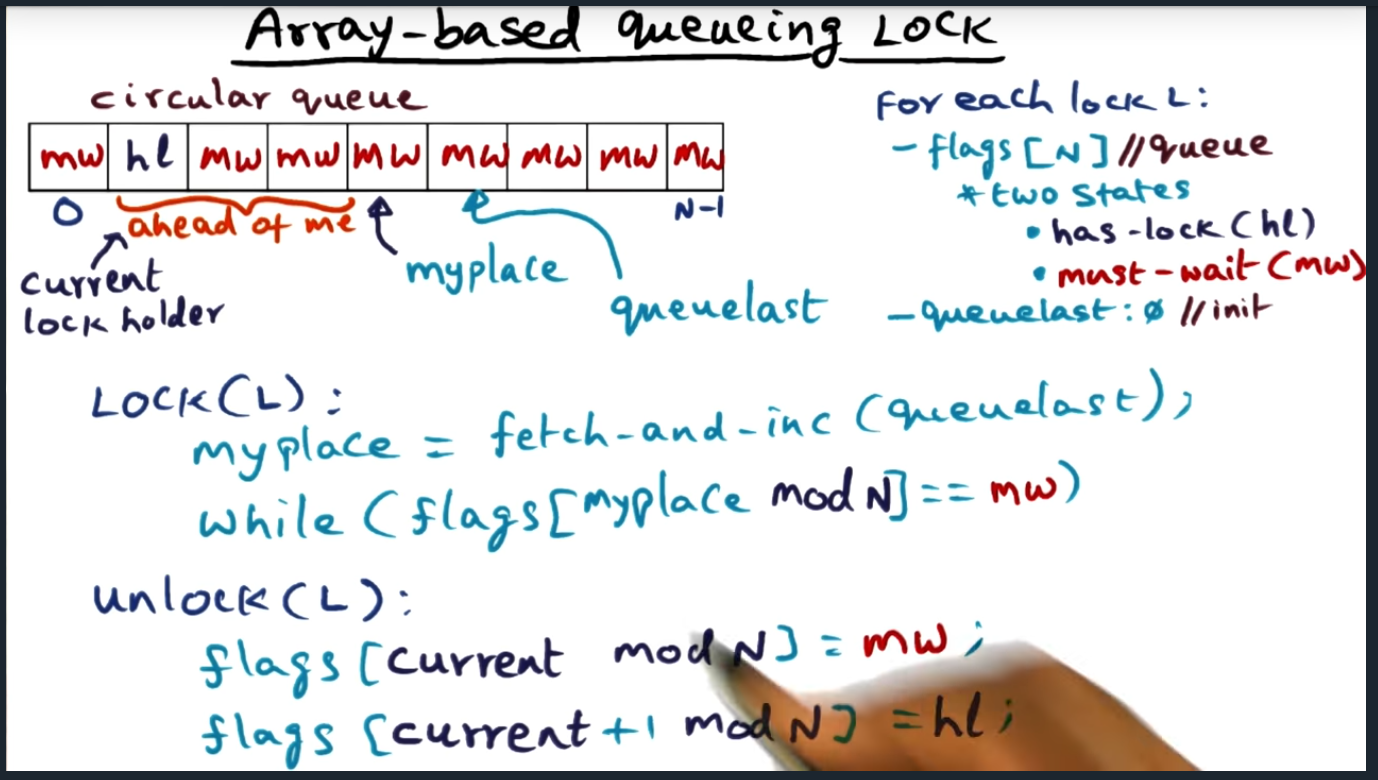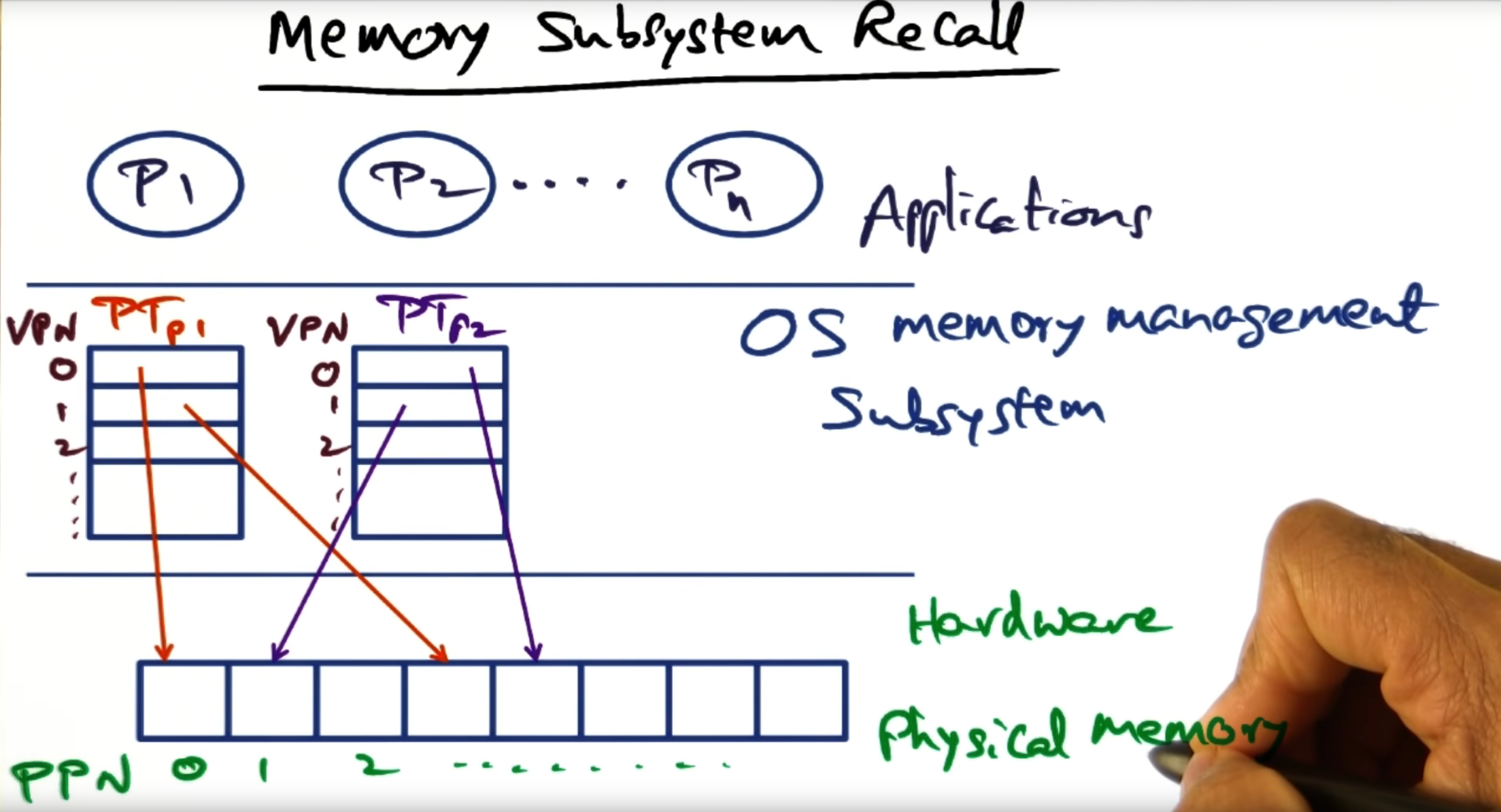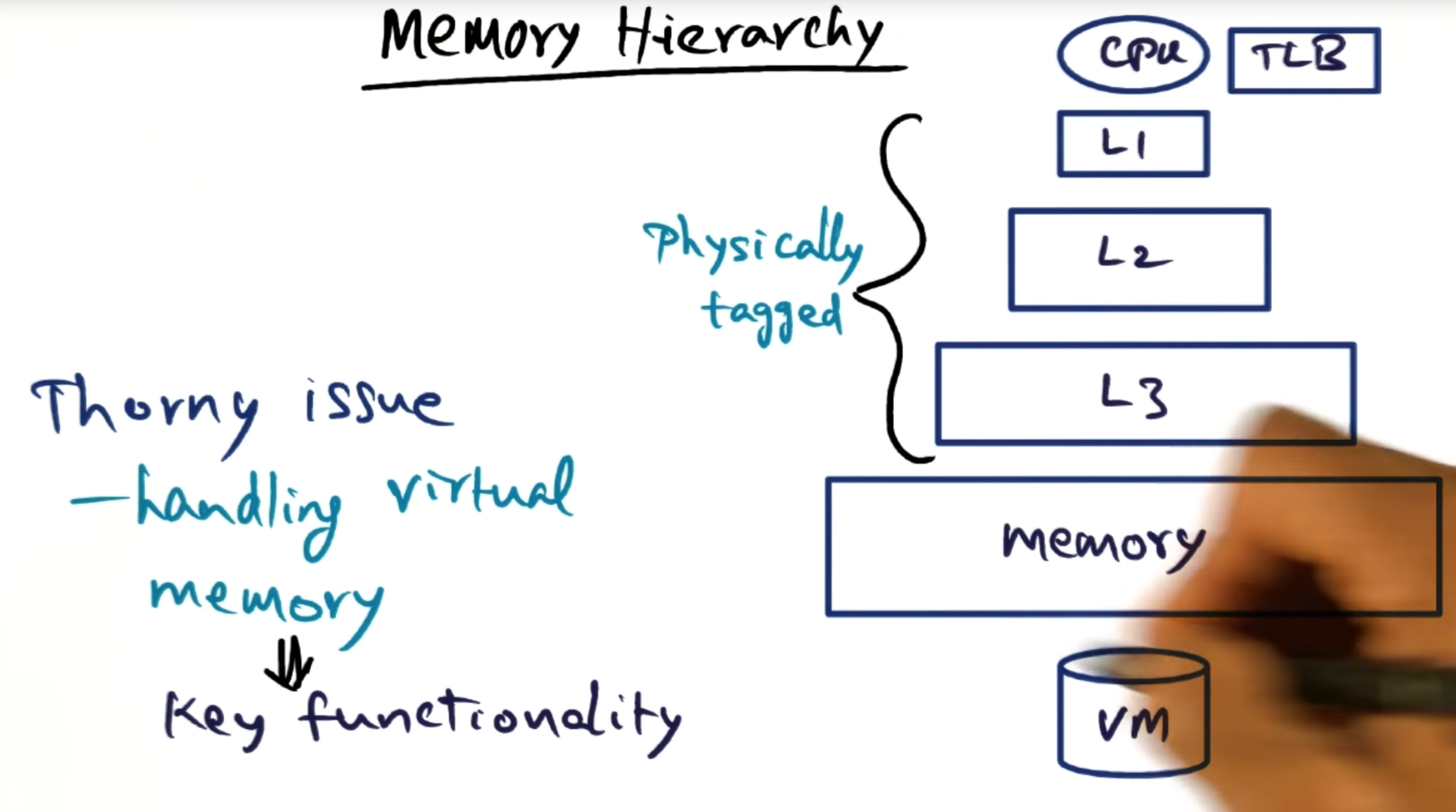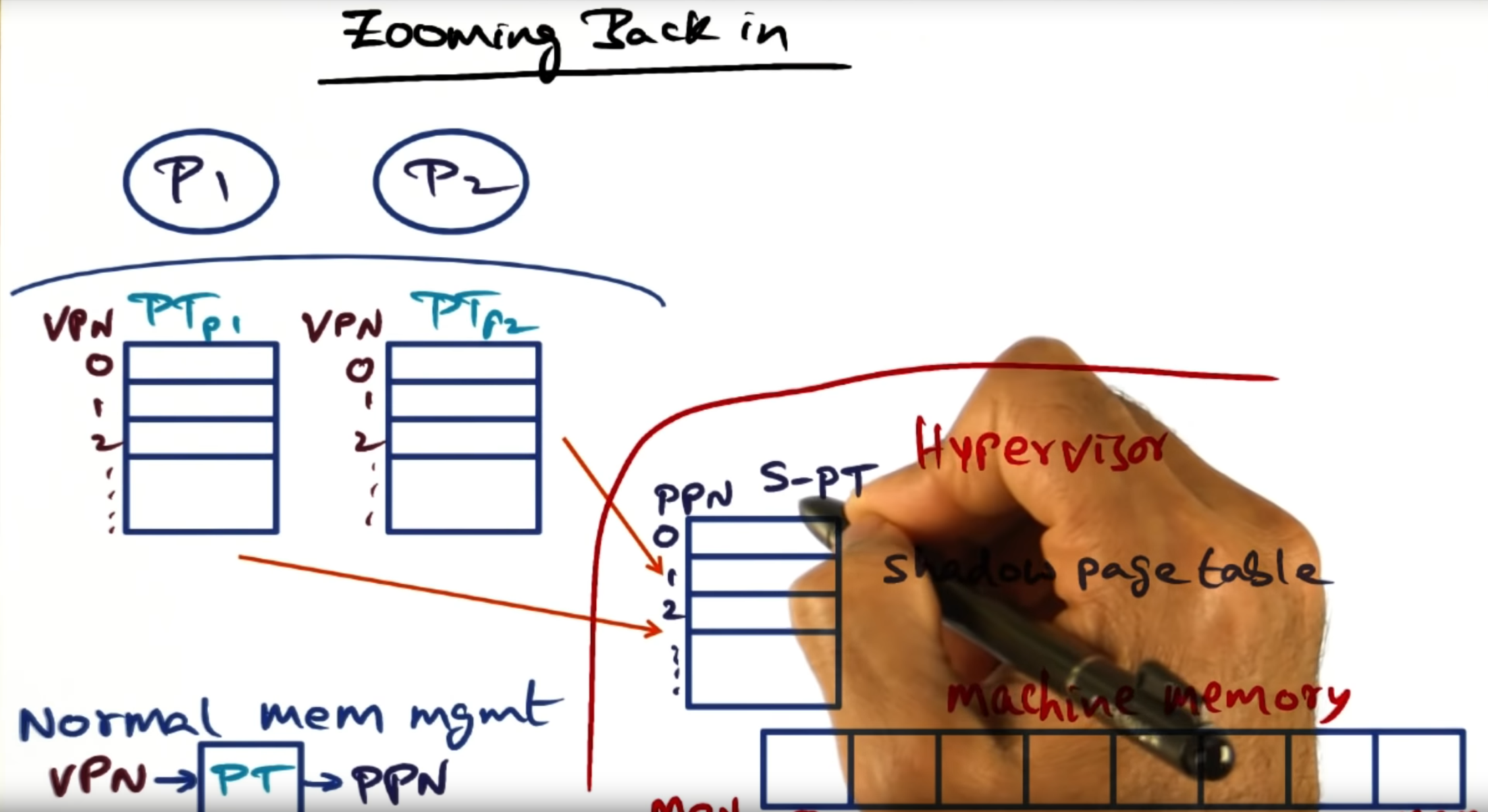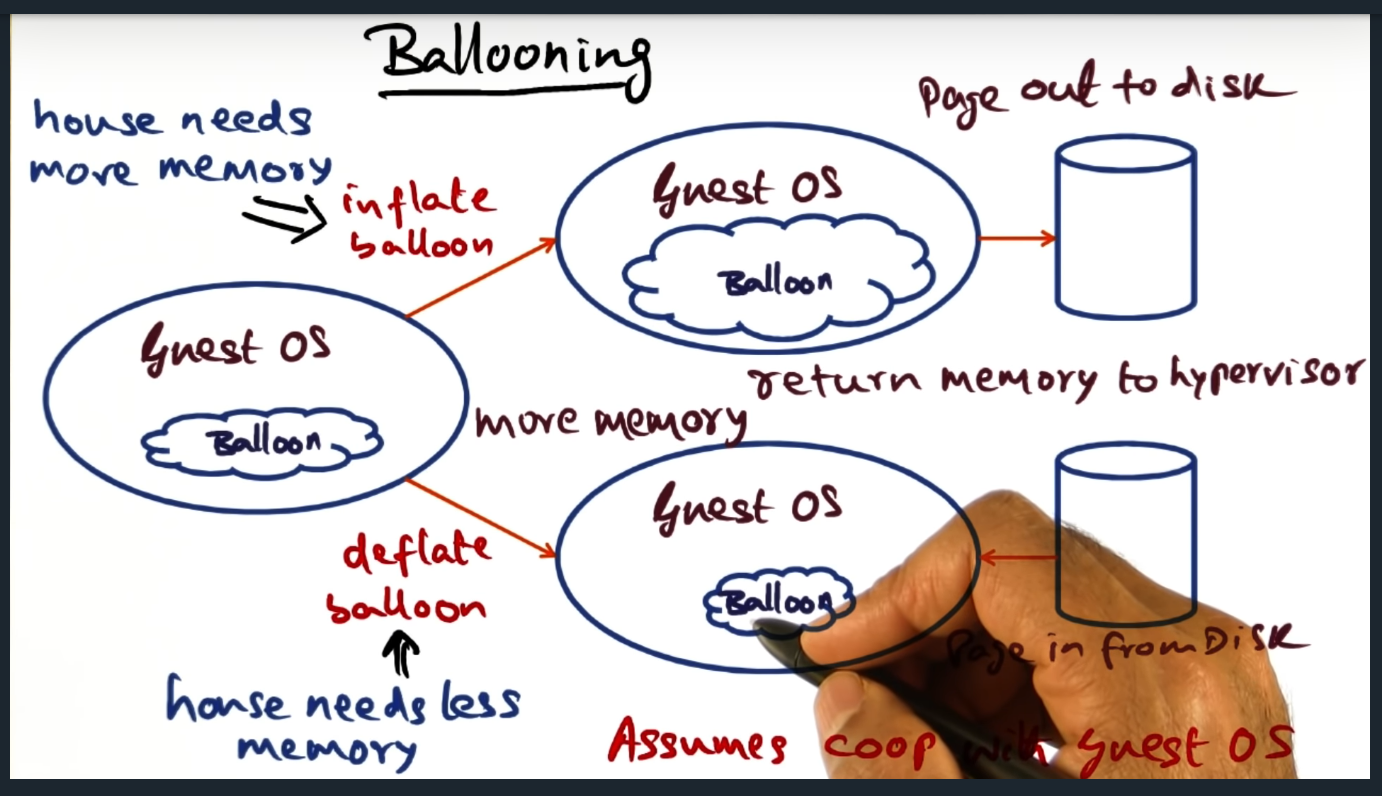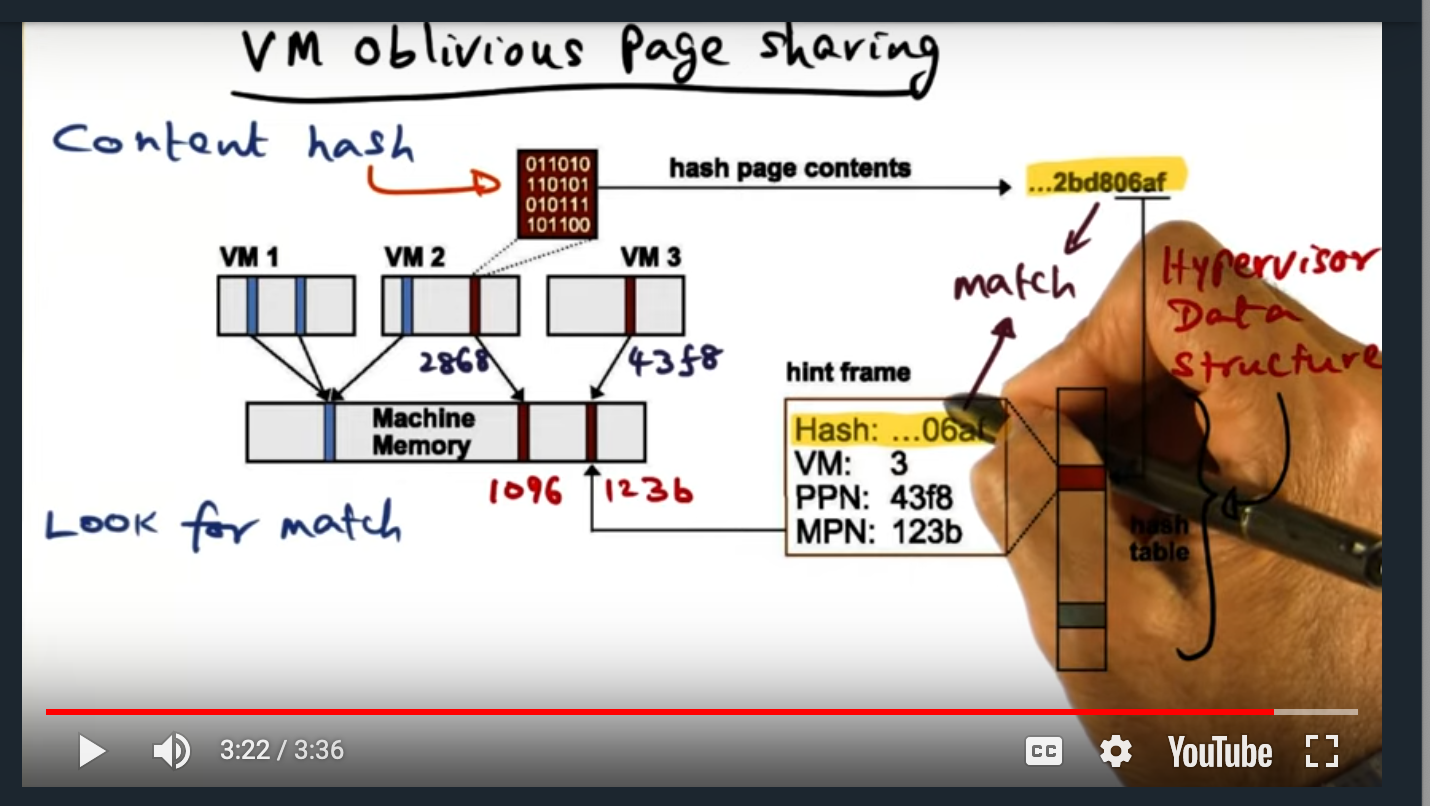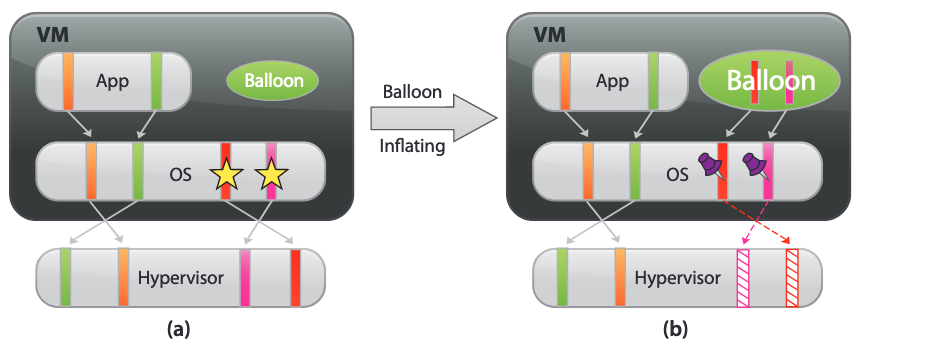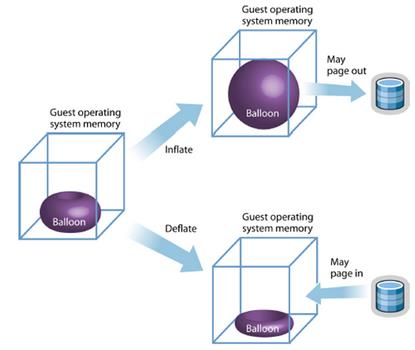With working remote and establishing a (somewhat) daily routine (that has become pretty monotonous), it’s sometimes easy to forget that we’re in the midst of a global pandemic. But that reality is amplified because of the recent wild fires, forcing those of us living in the pacific north west (PNW) — and those living in Northern California — to remain indoors. This additional layer of lock down definitely impacts the mental health for both my wife and I. I’m almost certain that not breathing in fresh air from outside negatively affects my 11 month year old daughter, who has not stepped (or carried) outside this past week — not even for a few minutes. I really want her to join me for the daily walks with the dogs, even if it is for a few minutes, but my wife and I agreed that’s its best for the long term if she doesn’t inhale any of the ashes trickling down from the sky.

On Letting Go
Unrelated to the above comment about the pandemic, I was reading Write it down make it happen on my Kindle while sitting on the can (you’d be surprised how much reading you can get done during your trips to the bathroom) and there’s a section in the book that suggests sometimes the way to make things happen is to simply let go of the reins and relegate all control.
On some level, I agree that sometimes you’ll find the very thing you’ve been looking for when you stop searching. This concept rings true to me because during my mid twenties, I stopped searching for “the one” and instead, began looking inward and healing myself (my life was spiraling out of control due to my compulsive and addictive behavior) and on the path to recovery, I ended up meeting the one, my now wife, the two of us bumping into each other while volunteering at a children’s orphanage (she often jokes and tells people that I adopted her … not everyone gets the joke).
Yesterday
What I learned yesterday
- Learned a new data structure called n-ary tree (i.e. each node can have up to N children). Picked up this new graph theory inspired data structure from watching the video lectures for advanced operating systems
Funny moments
- Professor made me laugh while I was watching his recorded lecture videos, the professor describing the tournament barrier and how the algorithm “rigs” the competition and how the algorithm seems applicable to real life given professional sports rig competitions all the time (e.g. baseball and world series) Okay, reading this out to myself now doesn’t sound that funny but I guess its something you have to hear first hand.
Writing
- Published my daily review describing how I crashed and burned during the afternoon
- Published short post on “making sense of the sense reversing barrier”
Best parts of my day
- Eating dinner with Jess while grubbing on some delicious Vietnamese take out food from our favorite (for now) local restaurant called Moonlight. They sell the best Vegan Vietnamese food, dishes including Ca Co (clay pot fish) and Canh Chua (Vietnamese Sweet and Sour Soup) and Pho. All this wonderful food while the two of us planted in front of the cinema sized television playing “Fresh Off The Boat”.
- Bridging the gap between theory (computer science) and practice (life as a software engineer at Amazon). While walking through code with a principle engineer, he described the data structure he came up with that (classically) traded space for lookup performance, describing an index that bounds the binary search. To clarify the data structure, he “whiteboarded” with me, using (an internally hosted) draw.io, and the figures made me realize that the data structure resembles how page tables in operating systems are designed.
Mental and Physical Health
- Remembered to stretch my hamstrings a couple days throughout the day. Not really enough exercise but the best I could do given that the weather outside still is labeled “very unhealthy” due to the wildfire smokes.
Graduate School
- Watched a few more lectures from the “Barrier Synchronization” series, learning more about the tree barrier and the tournament barriers, two slightly more advanced data structures than the simplistic centralized barrier
- Finished putting together my submission, a .zip file containing: source code, Makefile, log files (from running my program against the test cases).
Work
- Met with a Vietnamese senior principle engineer yesterday who I reached out to for two reasons: asking him to participate in a future event that I’ll host on behalf of Asians@ and asking him for some tips given he’s excelled (at least on paper) in his career while bringing his full self to work (i.e. being a father).
- Walked through some C data structures with a principle engineer and successfully imported the code (with a few minor tweaks) into my team’s package
- During my 1:1 with my manager, he straight up asked me if I was leaving the team. I realized that I may have given him that impression because during a team meeting, I spoke up about how if the operations on the team continues to disturb me and wake me up consistently in the middle of the night then I would reconsider switching teams, which is true. Although I love my position and love what I’m doing at work, I do value other things such as a good nights sleep because poor sleep means poor mental health which leads me down a very dark path.
Family and Friends
- Watched after my daughter yesterday morning from 06:00 to 06:45, allowing my wife to catch up on some sleep due to a difficult night with Elliott, who we think is teething, given that she’s been waking up in the middle of the night, waking up more than usual.
- Left a couple voice notes in WhatsApp for my brother-in-law, who is getting into writing and who asked me for some suggestions on writing platforms to host his blogging content. In short, I say it doesn’t really matter all that much but what does matter is that he owns his content and syndicates it out
Miscellaneous
- Downloaded 30 days of Wells Fargo and Morgan Stanley transaction history, proving that my wife and I have the funds needed to complete the transaction on September 30th, the day we close on our house located in Renton
Today
Writing
- Publish Part 1 of Barrier Synchronization notes
- Publish this post (my daily review)
Mental and Physical Health
- Stretch stretch stretch! Add a 5 minute event that notifies you on your phone so that step back from your desk and reach for your toes. Squat a couple times. Drop to the ground for a couple push ups. Get that heart pumping!
Graduate School
- Continue with watching the second half of the barrier synchronization lectures
- Submit my matthew_chung_p1.zip (due Monday)
- Skim the research paper on various synchronization techniques and algorithms
Work
- Attend weekly operational meetings
- Submit code review for small feature the optimizations look up time on the packet path
Administrative
- Attend my dentist appointment at 02:30 in the afternoon. How the hell is that going to work with the pandemic? Obviously I won’t be able to wear a mask with the pandemic … I should probably give them a ring this afternoon, before stepping into the appointment
Family
- Pack pack pack! There’s only a couple weeks left until we are out of this house. It’s difficult to pack at the end of the day because both Jess and I are both exhausting, her from watching Elliott and me from working. But maybe we can pack while eating dinner instead of sprawling out on the couch and watching “Fresh off the boat” (one of my favorite TV series, I think)

